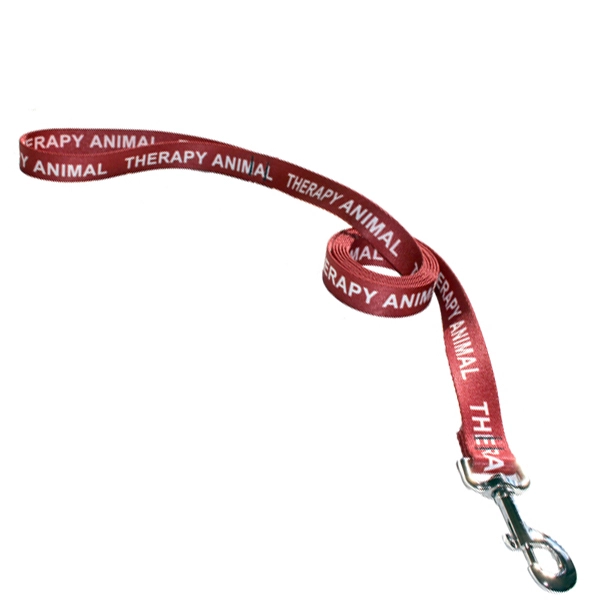Therapy Animals in Schools: Benefits and Challenges

In recent years, therapy animals have become increasingly common in schools, offering emotional and psychological support to students of all ages. These animals provide comfort, reduce anxiety, and create a more inclusive environment for students facing emotional or developmental challenges. But while the benefits are clear, integrating therapy animals into educational settings also presents unique challenges. This comprehensive guide explores the role of therapy animals in schools, the advantages they offer, the obstacles they face, and how schools can implement effective therapy animal programs.
What Are Therapy Animals?
Therapy animals are specially trained animals that provide comfort, companionship, and emotional support in various settings, including schools, hospitals, and nursing homes. Unlike service animals, which are trained to perform specific tasks for individuals with disabilities, therapy animals work with groups of people to improve overall emotional well-being. Common therapy animals include dogs, cats, rabbits, and even miniature horses.
How Therapy Animals Differ from ESAs and Service Animals
- Therapy Animals: Provide comfort and emotional support in group settings.
- Emotional Support Animals (ESAs): Offer emotional support to one individual with a mental or emotional disability, often without formal training.
- Service Animals: Are individually trained to perform tasks for individuals with disabilities, such as guiding the blind or detecting seizures.
Benefits of Therapy Animals in Schools
1. Emotional Support and Stress Reduction
Therapy animals help reduce anxiety and stress among students, particularly during exams or after traumatic events. Studies have shown that interaction with animals can lower cortisol levels and boost mood.
2. Improved Social Skills
Animals encourage social interaction among students, helping those with autism or social anxiety to engage with their peers.
3. Enhanced Learning Environment
Having a therapy animal in the classroom can improve focus and motivation. Children may feel more relaxed and confident when reading aloud to a non-judgmental animal companion.
4. Support for Special Needs Students
Therapy animals can provide sensory relief and emotional regulation for children with autism, ADHD, or other developmental disorders.
5. Positive School Climate
The presence of animals promotes empathy, kindness, and a sense of community, contributing to a more positive school culture.
Challenges of Therapy Animals in Schools
1. Allergies and Phobias
Some students and staff may have allergies to animal fur or fears of certain animals, requiring careful consideration of everyone’s needs.
2. Liability and Insurance
Schools need to address liability concerns and obtain proper insurance coverage when allowing animals on campus.
3. Hygiene and Cleanliness
Maintaining hygiene standards is essential to ensure the health and safety of students and staff.
4. Training and Certification
Therapy animals must undergo rigorous training and certification from accredited organizations to ensure they are well-behaved and suitable for school environments.
5. Ethical Considerations
Schools must ensure that therapy animals are treated humanely and not subjected to excessive stress or overwork.

How Schools Can Implement Therapy Animal Programs
- Develop a Policy: Establish clear guidelines on the purpose, scope, and limitations of the program.
- Choose Accredited Organizations: Partner with reputable therapy animal organizations that provide certified animals.
- Screen Students and Staff: Identify any allergies, phobias, or cultural concerns regarding animals.
- Provide Training: Educate staff and students on how to interact with therapy animals.
- Evaluate and Adjust: Regularly assess the program’s effectiveness and make necessary adjustments.
Frequently Asked Questions (FAQs)
Are therapy animals allowed in all schools?
Therapy animals are permitted in many schools, but policies vary by district and state. Always check with local authorities before implementing a program.
What types of animals can be therapy animals?
Dogs are the most common therapy animals, but cats, rabbits, guinea pigs, and even miniature horses can serve as therapy animals.
How are therapy animals trained?
Therapy animals undergo specialized training and certification through accredited organizations such as Pet Partners or Therapy Dogs International, but may also be trained by the handler.
Do therapy animals live at the school?
Most therapy animals visit schools on a scheduled basis rather than living on campus full-time.
How can schools manage student allergies?
Schools can designate animal-free zones and obtain parental consent before introducing therapy animals.
Conclusion
Therapy animals in schools offer numerous benefits, from reducing stress to fostering social connections. However, their integration requires careful planning, clear policies, and ongoing evaluation. By addressing both the benefits and challenges, schools can create inclusive environments that support the emotional well-being of all students.
If you’re considering implementing a therapy animal program at your school or want to learn more about how emotional support animals can benefit individuals, contact us today for expert guidance and resources. Explore our comprehensive services to find the right support for your needs.













































































